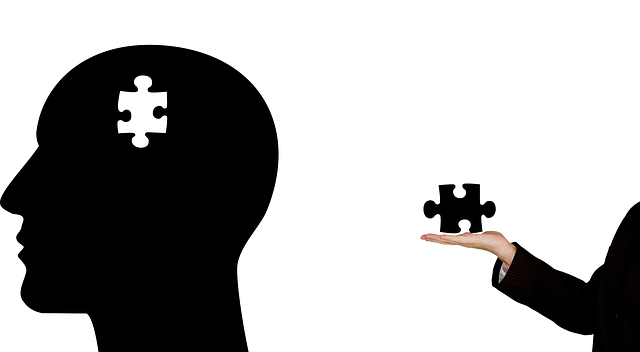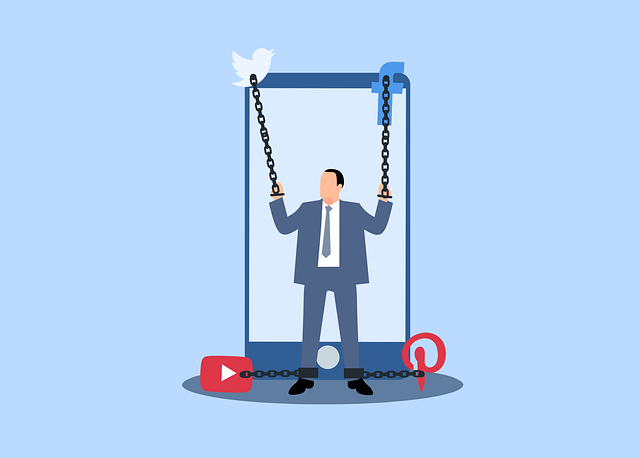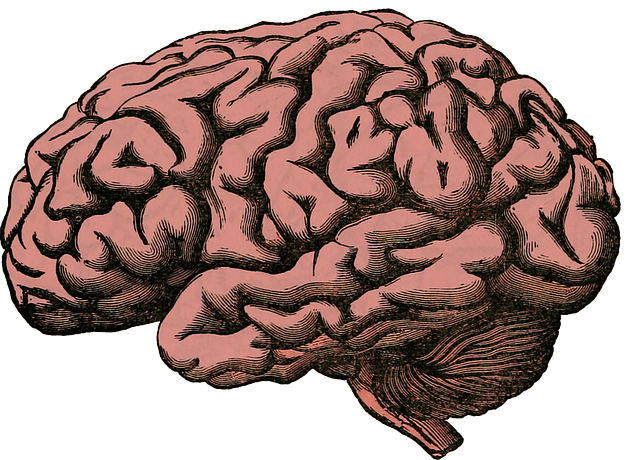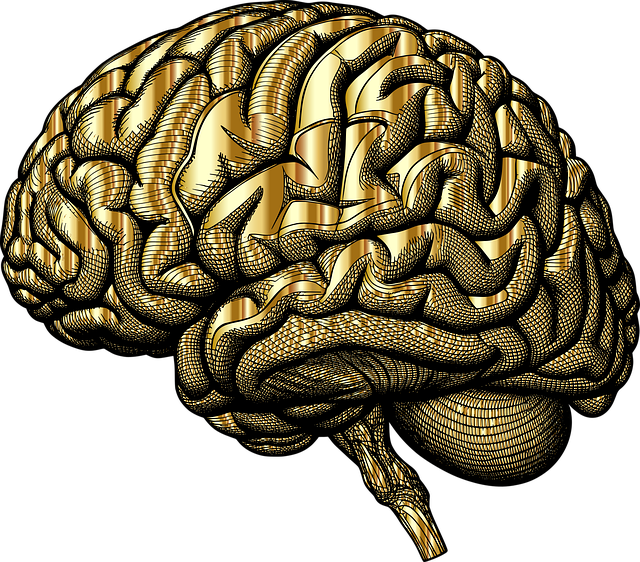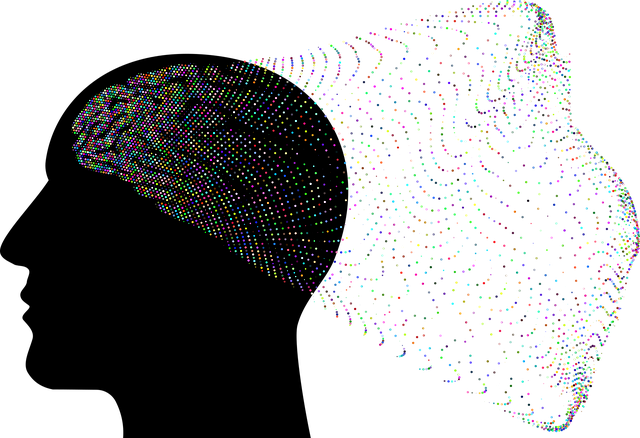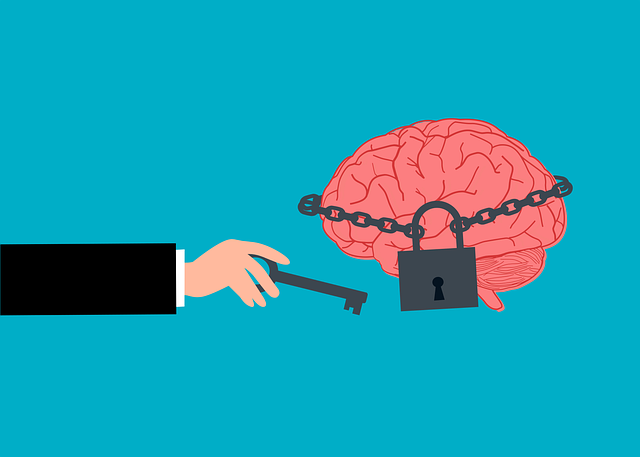The stigma around mental illness prevents many from seeking help, such as therapy like Wheat Ridge Anxiety Therapy, due to fear of judgment and shame. This barrier can be broken down through open conversations, public education on mental health, and advocating for support systems. Stigma reduction requires collaboration between sectors, including implementing Wheat Ridge Anxiety Therapy, preventing professional burnout, and running public awareness campaigns. CBT, mindfulness, support groups, and personalized care combine to create safe spaces where individuals can express their experiences, challenge negative thoughts, develop coping mechanisms, build resilience, and foster community.
Mental illness stigma is a pervasive barrier to seeking help, yet efforts to reduce it are gaining momentum. This article explores the profound impact of stigma on mental health-seeking behaviors and delves into effective strategies for breaking down these societal chains. We examine the role of therapy and support groups in providing safe spaces, fostering understanding, and promoting healing. Learn how initiatives like Wheat Ridge Anxiety Therapy contribute to a more compassionate society where individuals can access the care they need without fear of judgment.
- Understanding Stigma: Its Impact on Mental Health Seeking Behaviors
- Strategies for Breaking Down Stigma: A Comprehensive Approach
- The Role of Therapy and Support Groups in Stigma Reduction
Understanding Stigma: Its Impact on Mental Health Seeking Behaviors

Stigma surrounding mental illness can significantly impact an individual’s willingness to seek help and support. It often manifests as negative attitudes, beliefs, and stereotypes about people experiencing anxiety, depression, or other mental health conditions. This stigma can be a major barrier to entry for those in need, deterring them from pursuing treatment options like Wheat Ridge Anxiety Therapy. The consequences are far-reaching; individuals may internalize these societal judgments, leading to feelings of shame and self-doubt, further exacerbating their emotional distress.
Understanding the impact of stigma is crucial in promoting mental health-seeking behaviors. By recognizing the role it plays in perpetuating anxiety, stress, and avoidance of necessary therapy, communities can develop strategies to reduce its hold. Encouraging open conversations about mental illness, educating the public on its prevalence, and advocating for support systems that foster emotional well-being promotion techniques are all part of the solution. Ultimately, destigmatizing mental health issues allows individuals to access much-needed Anxiety Relief and Stress Management resources without fear of judgment or rejection.
Strategies for Breaking Down Stigma: A Comprehensive Approach

Stigma reduction is a multifaceted approach that requires collective efforts from various sectors. One effective strategy involves Wheat Ridge Anxiety Therapy and other specialized treatments, which can help individuals manage their symptoms and share their experiences openly. By destigmatizing mental health conversations, we can foster an environment where people feel comfortable seeking support without fear of judgment.
Additionally, burnout prevention among mental health professionals is crucial in breaking the cycle of stigma. Encouraging self-care, implementing risk management planning, and promoting a culture of resilience can ensure practitioners remain effective advocates for their clients. Moreover, developing engaging public awareness campaigns that challenge stereotypes and emphasize the importance of mental well-being on an individual and societal level can significantly contribute to stigma reduction efforts.
The Role of Therapy and Support Groups in Stigma Reduction

Therapy plays a pivotal role in stigma reduction by providing individuals with safe spaces to express their experiences and challenges openly. Through various therapeutic approaches, such as cognitive behavioral therapy (CBT) or mindfulness-based therapies, people can develop coping mechanisms, challenge negative thoughts and beliefs about mental illness, and build resilience. This process fosters understanding and self-acceptance, which is crucial in combating the social stigma associated with mental health struggles.
Support groups are another effective tool in this effort. These groups offer peer-to-peer connections, fostering a sense of community and belonging among members who share similar experiences. They encourage open dialogue, provide emotional support, and dispel myths about mental illness. By participating in these groups, individuals can enhance their emotional intelligence, gain valuable insights into managing their conditions, and contribute to a broader narrative that promotes mental health awareness and depression prevention. Initiatives like Wheat Ridge Anxiety Therapy exemplify the positive impact of focused therapeutic settings on stigma reduction by combining personalized care with group support.
Mental illness stigma reduction is a multifaceted process that involves education, therapy, and community support. By understanding the profound impact of stigma on mental health-seeking behaviors, we can implement effective strategies like those offered by Wheat Ridge Anxiety Therapy. Through comprehensive approaches that include therapy and support groups, we can foster an environment where individuals feel empowered to seek help without fear of judgment. Together, these efforts can lead to improved mental well-being for all.
